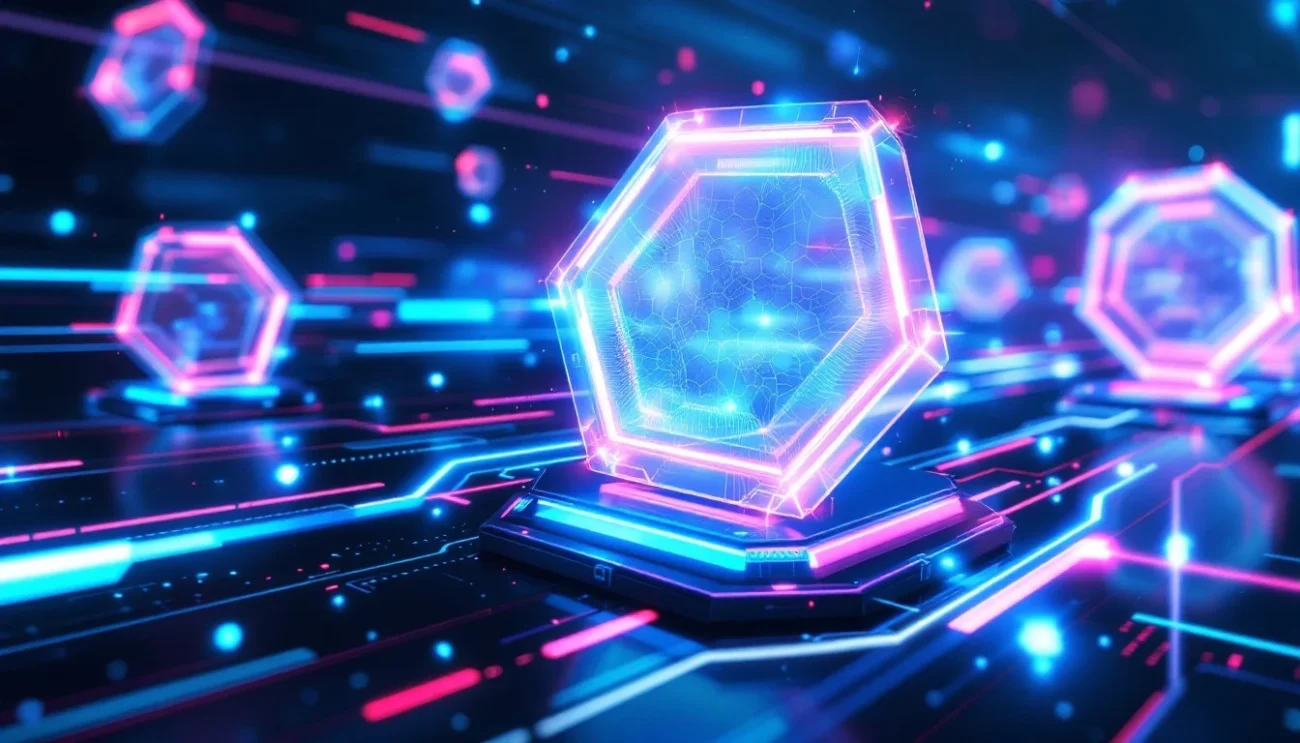The digital world is evolving rapidly, with Artificial Intelligence (AI) and the Internet of Things (IoT) leading the charge. These technologies are transforming how we live, work, and connect. However, alongside their immense benefits come serious cybersecurity challenges. In this blog, we’ll explore the latest cybersecurity trends shaped by AI and IoT, helping you understand how to stay secure in this interconnected era.
Understanding the AI and IoT Revolution in Cybersecurity
AI and IoT are no longer futuristic concepts; they are integrated into everyday systems. AI enhances decision-making through data analysis and pattern recognition, while IoT connects everything from smart homes to industrial machines. Together, they expand the digital ecosystem — but also the attack surface for cybercriminals.
AI-powered devices can process vast amounts of data automatically, making operations smarter and faster. Meanwhile, IoT devices generate massive data streams, enabling new services but introducing new vulnerabilities. The balance between innovation and security is crucial.
Why Cybersecurity Must Adapt to AI and IoT
Traditional cybersecurity methods struggle to cope with the scale and complexity of AI and IoT environments. Attackers exploit smart devices and AI systems, finding weaknesses that go beyond classic IT infrastructure. As threats grow, so does the need for advanced, dynamic defense mechanisms.
Hackers now use AI for automated, sophisticated attacks that evade older security tools. Moreover, IoT devices with weak security protocols serve as gateways for breaches, risking entire networks. Securing these technologies requires fresh strategies and technologies.
Key Cybersecurity Trends Shaping the Future
1. AI-Driven Threat Detection and Response
One of the most promising trends is leveraging AI itself to enhance cybersecurity. AI systems can analyze vast datasets to detect unusual activities or anomalies quickly. This proactive approach enables faster threat identification and automated responses, minimizing damage.
AI-powered security tools learn from new attack patterns, evolving defenses dynamically rather than relying on static rules. This shift helps organizations stay ahead in the cat-and-mouse game of cybersecurity.
2. Securing IoT Devices with Zero Trust Architecture
IoT security is becoming a focal point, with Zero Trust models gaining momentum. This approach assumes no device is inherently trustworthy, enforcing strict verification at every access attempt.
Every IoT gadget—from smart thermostats to medical devices—must prove its identity continuously. Zero Trust limits the risk of compromised devices spreading malware within the network, offering a robust framework for the fragmented IoT landscape.
3. Privacy-Driven Data Protection
As AI and IoT generate unprecedented data volumes, protecting personal information is more important than ever. Privacy regulations worldwide are tightening, pushing companies to adopt encryption, anonymization, and secure data-sharing techniques.
Cybersecurity strategies now integrate privacy by design, ensuring data protection is embedded into the development and deployment of AI and IoT solutions.
4. Edge Computing Security
Edge computing — processing data closer to where it is generated — is growing alongside IoT. It reduces latency and bandwidth use but adds complexity to security. With many small, distributed nodes handling sensitive data, protecting the edge infrastructure is crucial.
Security measures must extend beyond centralized data centers to the edge devices themselves, with AI tools monitoring and reacting to threats in real time.
5. AI-Powered Phishing and Social Engineering Defenses
Phishing remains a top cyber threat, now supercharged by AI techniques that craft highly convincing fake messages. In response, AI-based defense tools analyze email content, sender behavior, and recipient interaction to flag suspicious communication before they cause harm.
Training employees with AI simulations is also becoming common, preparing them to recognize and avoid sophisticated scams.
The Human Factor: Cybersecurity Awareness and Training
Despite advanced tech, human error continues to be a major security risk. Cybersecurity training tailored to the nuances of AI and IoT environments is essential. Awareness programs help users understand the unique vulnerabilities these technologies bring and cultivate best practices.
Cultivating a security-first culture across organizations ensures that employees remain vigilant and proactive, complementing technical defenses.
Challenges Ahead in the Cybersecurity Landscape
Even as defenses improve, new challenges emerge. AI’s dual use means it can empower attackers as much as defenders. IoT’s sheer diversity of device types and manufacturers complicates unified security standards.
Additionally, geopolitical tensions and cyber warfare add layers of risk, especially as critical infra relies more heavily on interconnected AI and IoT systems.
Preparing for a Safer Digital Tomorrow
To navigate this evolving landscape, organizations and individuals must:
- Invest in AI-powered cybersecurity solutions for real-time threat management.
- Implement Zero Trust strategies, especially for IoT ecosystems.
- Prioritize privacy and compliance with data protection laws.
- Secure edge computing environments with specialized tools.
- Train users regularly on AI- and IoT-specific risks.
- Stay informed about emerging threats and evolving cyber regulations.
Conclusion
The fusion of AI and IoT is ushering in a new era full of opportunities and risks. Cybersecurity, once focused mainly on traditional IT, now must grow smarter and more adaptive to protect this complex digital world. Embracing AI-driven defenses, adopting Zero Trust principles, and nurturing security awareness are vital steps toward safeguarding data and devices.
Staying ahead means continuous learning and innovation. The future is connected — and secure — only if we make cybersecurity a top priority today.
Ready to strengthen your cybersecurity strategy in the age of AI and IoT? Start implementing intelligent, adaptive security measures now to protect your digital future.

